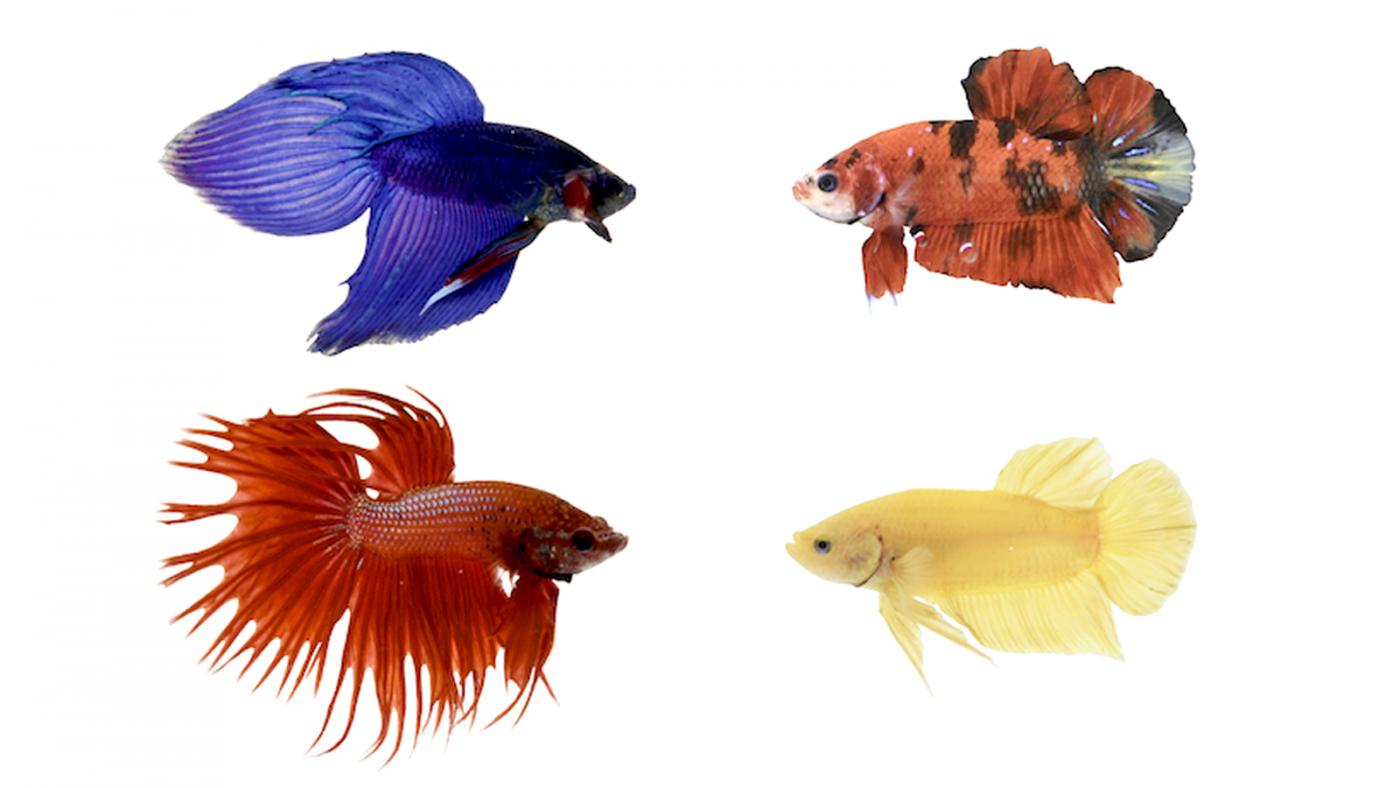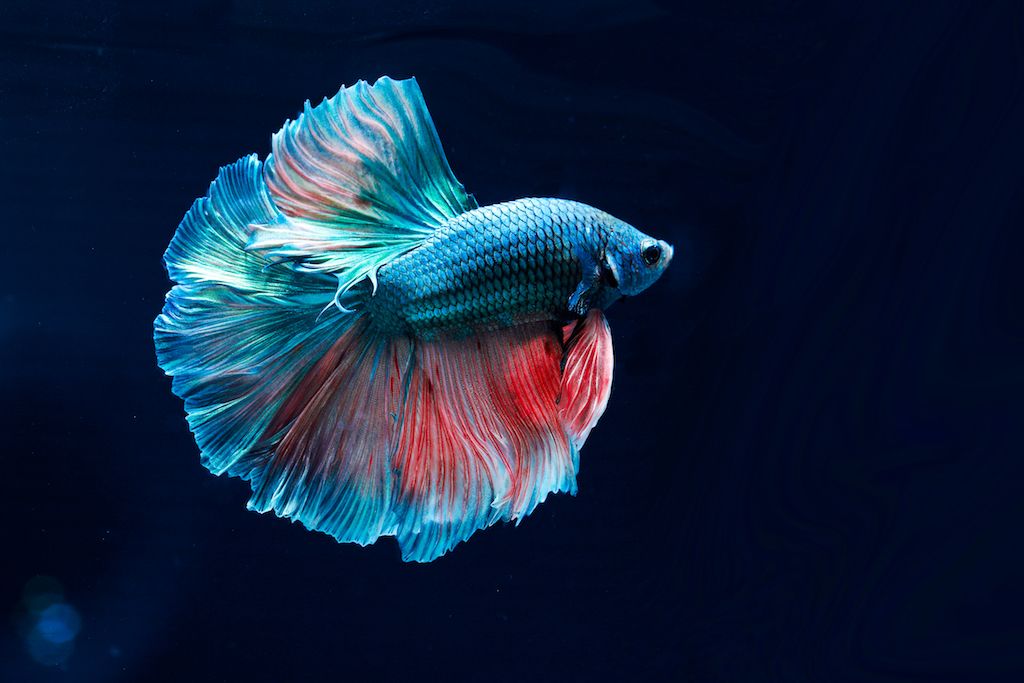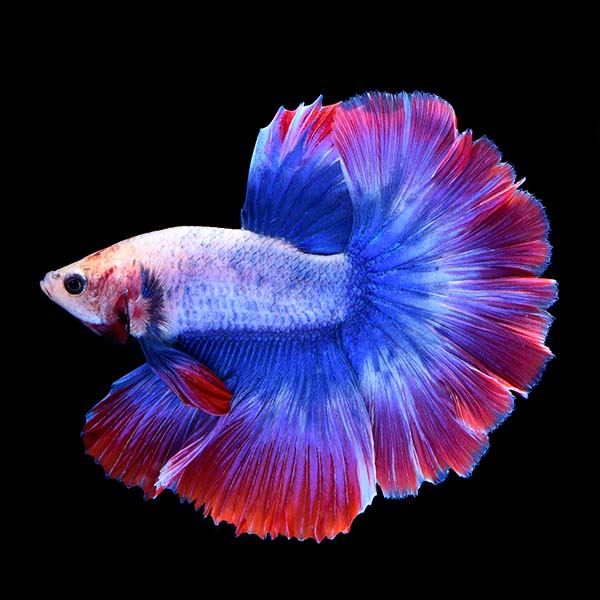Usual Betta Fish Diseases and Just How to Prevent Them
Usual Betta Fish Diseases and Just How to Prevent Them
Blog Article
Reproducing Betta Fish: a Comprehensive Step-By-Step Guide to Effectively Raising Baby Bettas From Eggs to The Adult Years
Breeding Betta fish is a thorough venture that calls for cautious preparation and execution to make certain the successful advancement of fry from eggs to grow fish. Selecting genetically varied reproduction couple with preferable qualities is just the beginning; producing an optimal environment and understanding the ins and outs of the reproducing procedure are equally essential. As the male Betta vigilantly constructs a bubble nest and guards the valuable eggs, the succeeding stages of treatment and shift need attention to information and understanding of finest practices. How does one navigate the tough yet rewarding path of supporting these lively creatures to the adult years?

Picking Breeding Pairs
When starting the journey of reproducing Betta fish, choosing the ideal breeding sets is critical to accomplishing desirable characteristics and a healthy and balanced family tree - betta fish. The very first step in this process is to identify the details traits you want to boost or protect, such as shade, fin kind, and body form. It is important to pick genetically varied sets to prevent inbreeding, which can lead to health concerns and unwanted qualities
Assess prospective breeding prospects thoroughly. A healthy male Betta ought to display dynamic colors, an active temperament, and well-formed fins, while the lady ought to likewise show dynamic pigmentation and a rounded stomach, suggesting readiness for spawning. Observing the personality of both fish is essential, as aggressive or excessively shy individuals might not breed efficiently.
Keeping documents of the moms and dad fish's ancestry can aid you track genetic attributes and potential problems. Eventually, investing time in the choice process will dramatically enhance the likelihood of generating solid, lively offspring that satisfy your reproduction goals.

Preparing the Reproduction Container
Developing an ideal reproduction atmosphere is a vital step after picking suitable pairs for Betta fish. The breeding storage tank should be especially created to give convenience and boost the all-natural reproduction behaviors of the fish. Beginning with a container dimension of at the very least 10 gallons to ensure ample area for both the man and female Bettas.
Preserve a mild filtration system to keep the water clean while preventing strong currents that can worry the fish. Additionally, an air rock can be included in provide oxygenation without disrupting the water surface area way too much.
Temperature level law is crucial; go for a secure variety of 78-82 ° F(25-28 ° C) utilizing a trustworthy heating system. The pH level ought to be maintained in between 6.5 and 7.5, and regular water changes are essential to guarantee high water quality.
Incorporate drifting plants or generating sponges to develop hiding spots for the female, while also encouraging bubble nest structure by the male - betta fish. Ultimately, ensure the storage tank is totally free from sharp decors and any type of potential threats, as the well-being of wikipedia reference the fish need to constantly be focused on throughout this vital phase of breeding.
The Breeding Refine
Generally, the reproducing process for Betta fish involves a series of unique and evident behaviors that show readiness for reproduction. The male Betta begins by developing a bubble nest at the water's surface area, which acts as a site for the fed eggs. This nest is essential, as it offers a secure setting for the eggs until they hatch out.
As soon as the nest is developed, the man will certainly display courtship behaviors, such as flaring his fins and exhibiting dynamic colors to bring in the lady. The lady, upon sensing the male's preparedness, will respond by showing vertical stripes along her body, signifying her receptiveness.
When the women strategies, the male takes part in a mating dance, frequently leading to a welcome called the "spawning." During this embrace, the lady launches her eggs, which the male fertilizes quickly. The fed eggs then are up to the bubble nest, where the male thoroughly collects and returns them to the nest. Following this, the male thinks obligation for guarding the nest and making certain the safety of the eggs up until they hatch out, typically within 24-36 hours. This phase is vital in the breeding procedure, laying the structure for effective fry development.
Caring for Betta Fry
Taking care of Betta fry requires mindful interest to their environment and nourishment to ensure healthy and balanced growth and advancement. After hatching out, Betta fry are incredibly small and at risk, requiring a secure and clean habitat. Keeping a water temperature in between 78 ° F and 80 ° F is crucial, as Betta fry prosper in warm conditions. Additionally, make certain that the water is without damaging contaminants; normal water changes of 10-20% are suggested to keep optimal water quality.
Feeding Betta fry is equally important. Feed them small quantities numerous times a day, being mindful not to overfeed, which can lead to water high quality problems.
Transitioning to Adult Bettas
As Betta fry mature, transitioning them to grown-up Bettas is an important phase that requires careful monitoring of their setting and social communications. This process usually starts when the fry get to around 6 weeks old, Resources whereupon they can be gradually introduced to an extra organized living environment.
To promote this change, it is necessary to make certain that the water specifications-- such as temperature level, pH, and ammonia degrees-- are optimal and steady. Adult Betta fish flourish in cozy water (around 78-80 ° F) with a pH of 6.5 to 7.5. Slowly acclimate the fry to these problems to minimize stress and anxiety.
Social interactions are one more key aspect; man Bettas are notoriously territorial and hostile. It is a good idea to different males right into specific tanks as they Get the facts mature. Women Bettas can be housed together, but treatment needs to be taken to keep an eye on for indicators of hostility.
In addition, nutritional changes ought to be made as the fry expand. Include top quality pellets and live foods to sustain their development and health. By handling these elements properly, you can advertise an effective transition to adulthood for your Betta fish.

Final Thought
Effective breeding of Betta fish calls for cautious interest to information throughout the whole procedure, from picking genetically diverse pairs to supplying ideal take care of fry. By making certain ideal reproduction problems and preserving water high quality, the possibility of healthy offspring raises considerably. Additionally, a well balanced diet plan and progressive adaptation to grown-up atmospheres are vital for the growth and development of Betta fish. Following these actions carefully fosters a growing populace of Betta fish, enhancing both their wellness and vitality.
Report this page